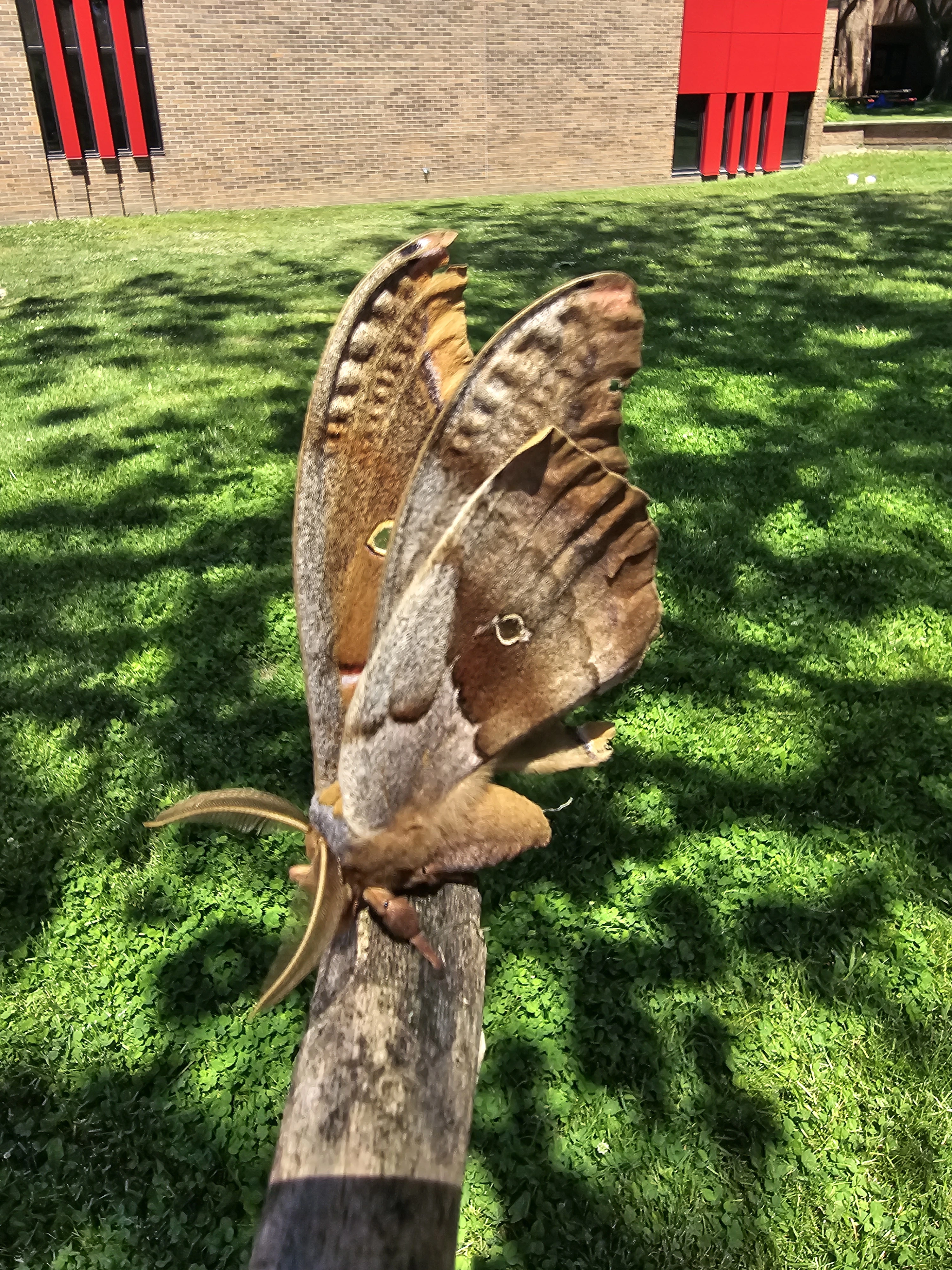11
21
14
52
15
55
Hippos can launch themselves airborne for split seconds at a time, surprising scientists
(www.businessinsider.com)
17
16
19
19
view more: next ›
Biology
1351 readers
18 users here now
This is a general community to discuss of all things related to biology!
For a more specific community about asking questions to biologists, you can also visit:
founded 2 years ago
MODERATORS






